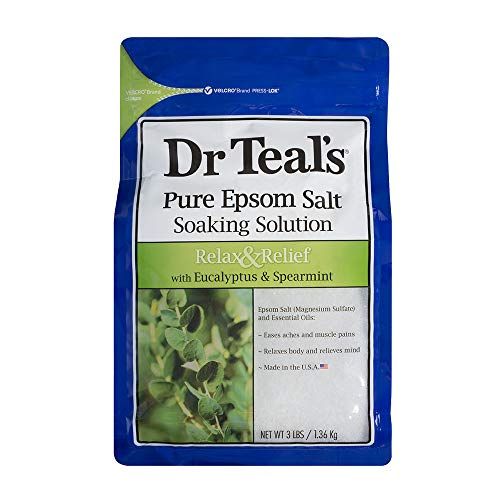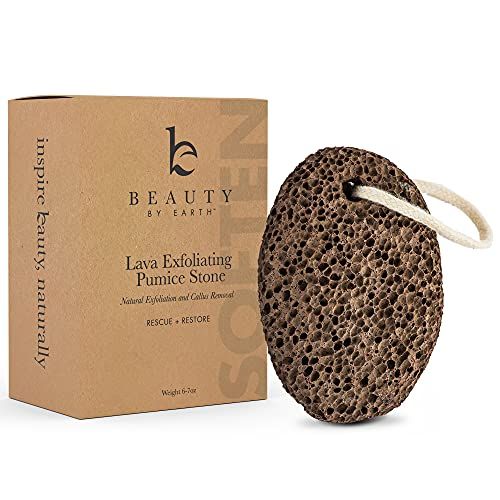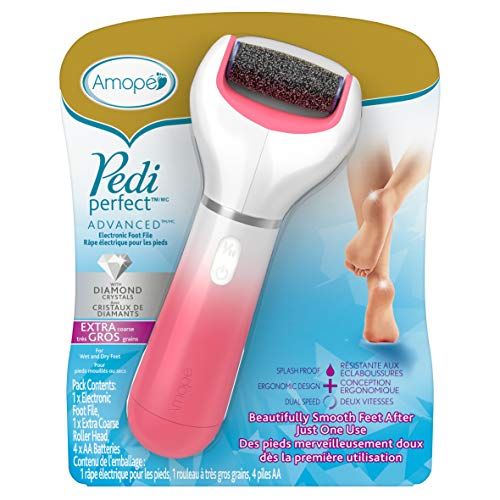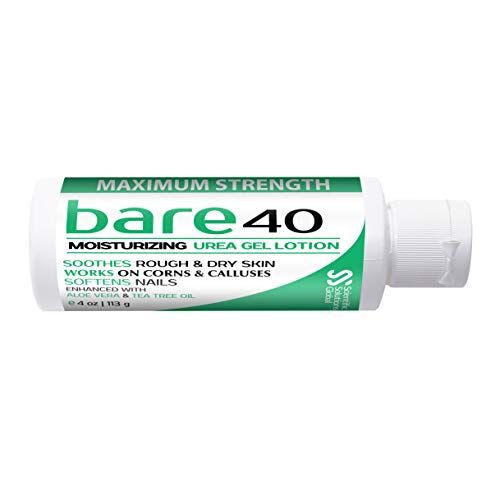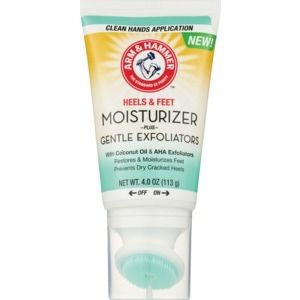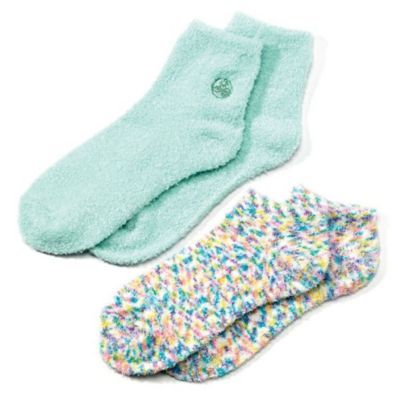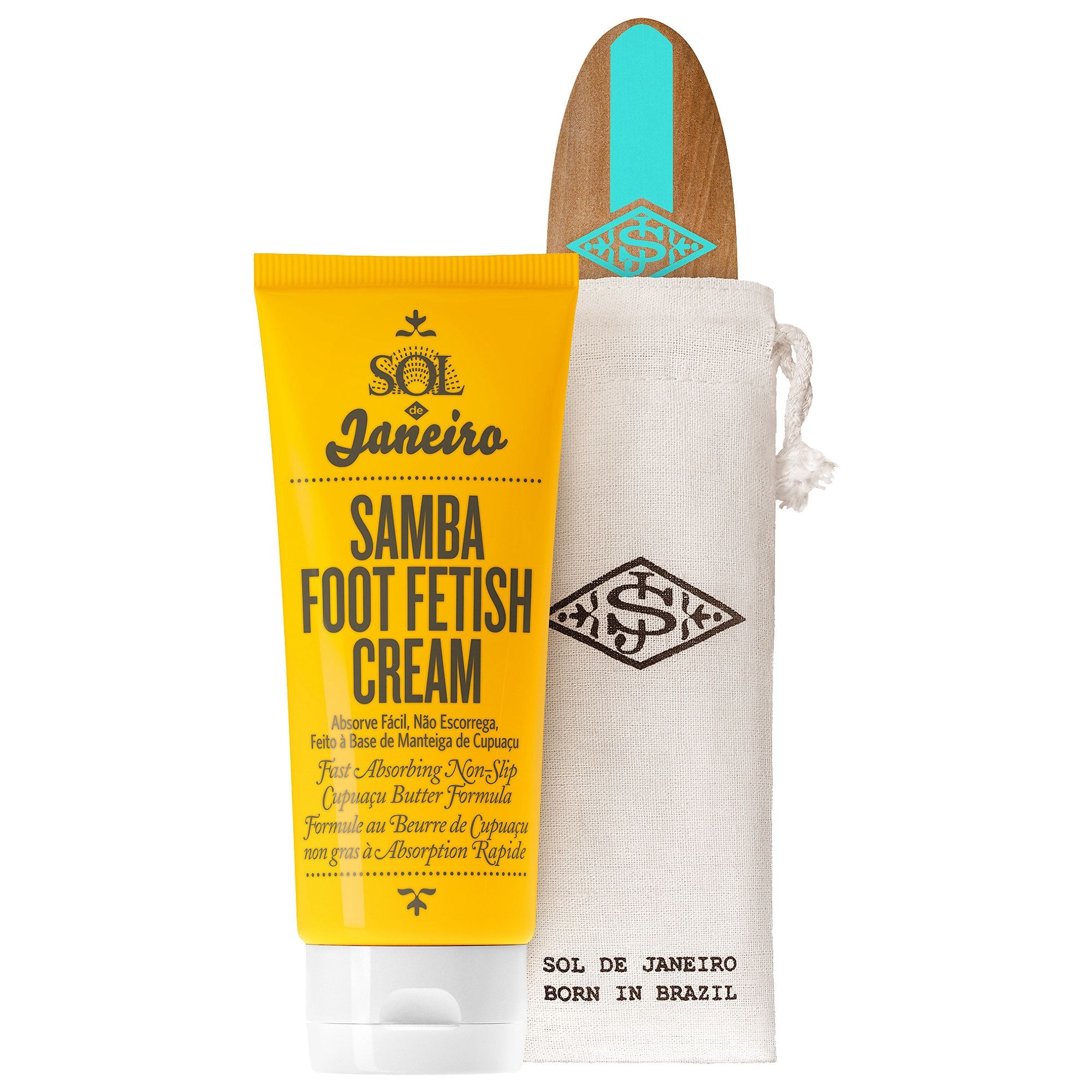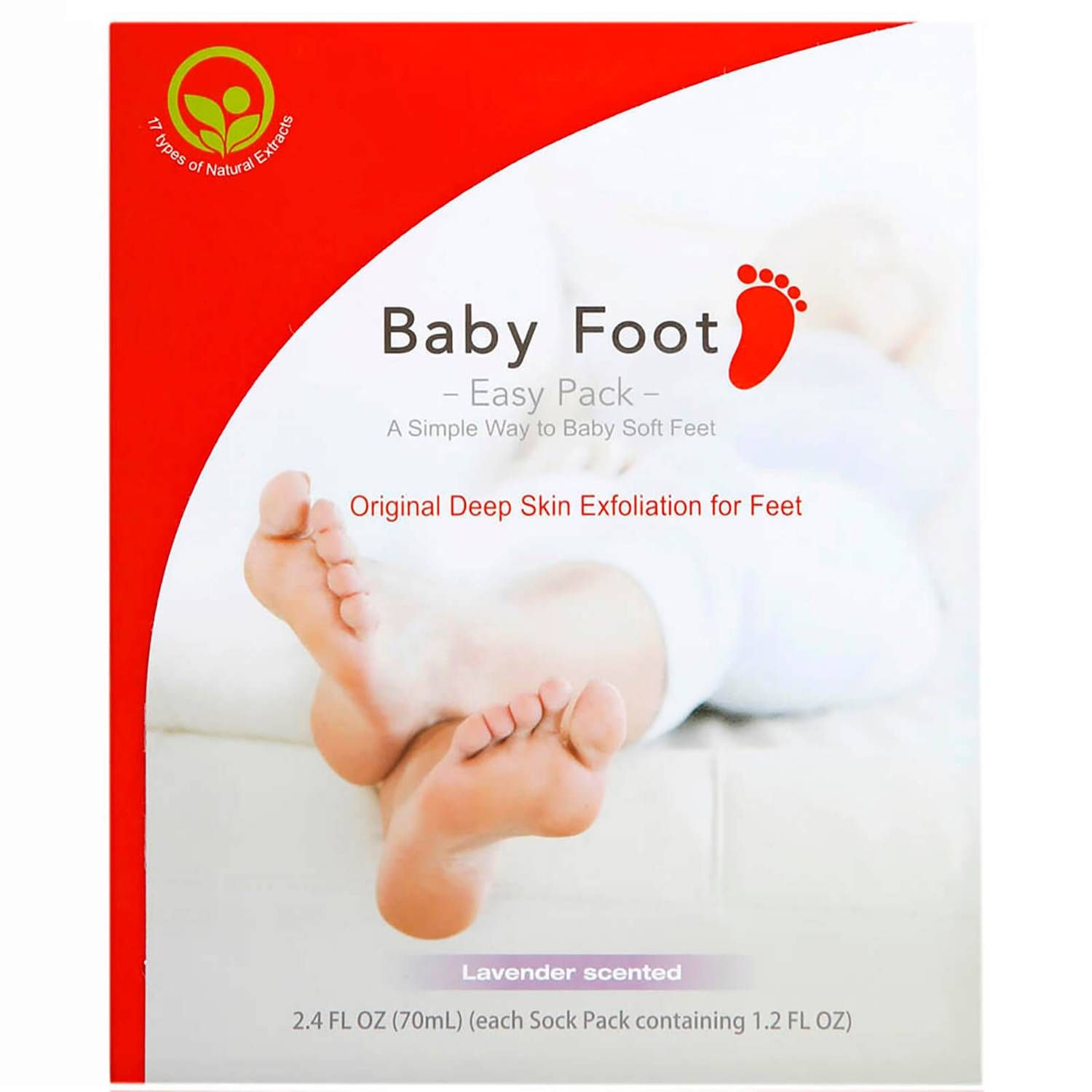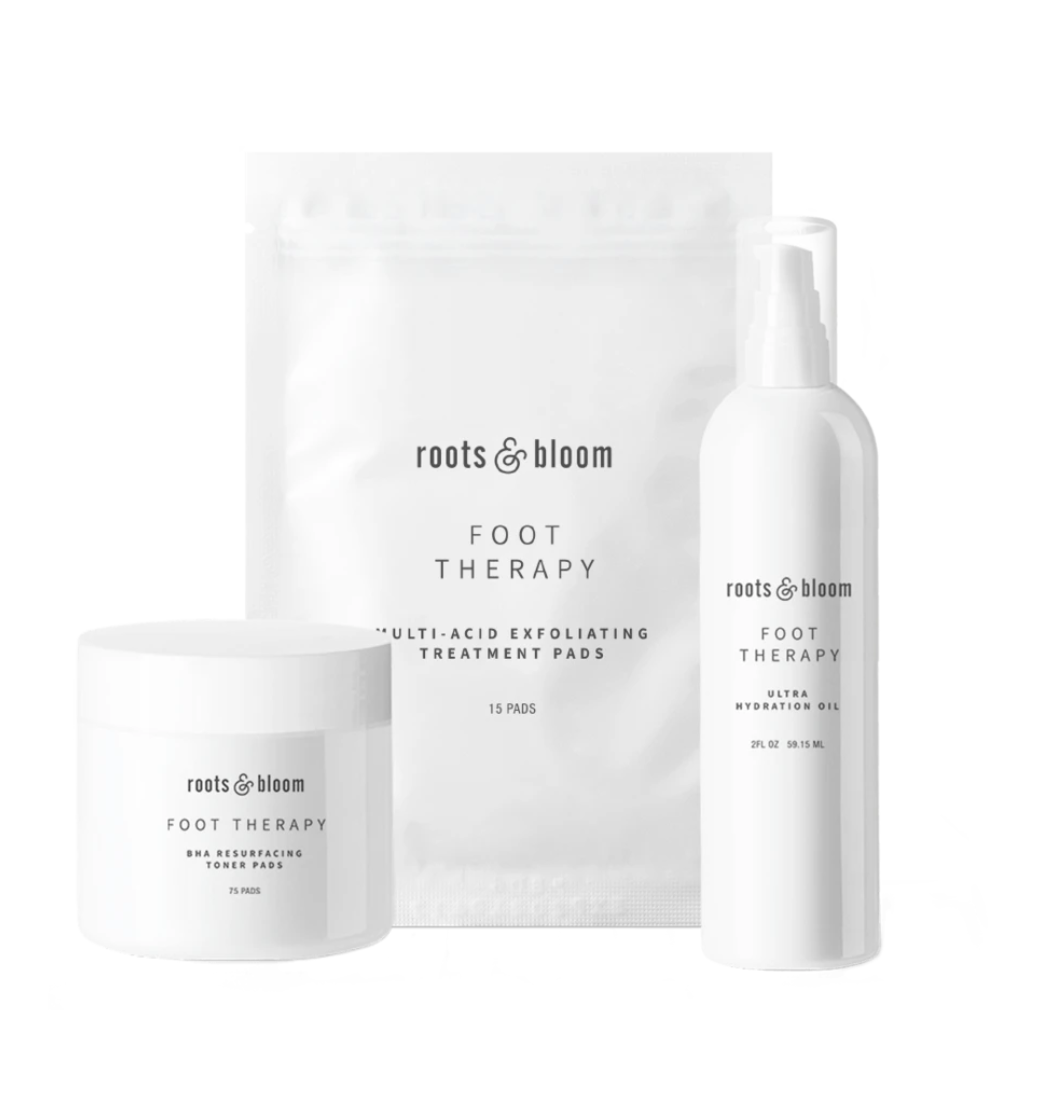Sandal season is here, and due to COVID-19 restrictions, getting a pedicure hasn’t been a top priority. Maybe you usually plan a pre-summer pedicure to prep your dry winter feet for open sandals and walks in the sand. This year that might not have been an option. It’s time to take those dry, cracked feet into your own hands, and it’s probably about time to learn how to care for them yourself. (P.S. It’s not that hard.) Plus, it’s good to do a bit of investigative work into what exactly is causing your dry, cracked heels
Because there are a handful of different causes, it might take some time to figure out exactly what is leading your the condition of your feet. Your dry, cracked feet can be caused by eczema, which is typically genetic and is most common on hands and feet, says Dr. Heather Woolery-Lloyd, board-certified dermatologist.She also says that age can play into it because “as people get older the skin tends to get drier and produces less natural oils.”
Other causes of dry, cracked heels include “diabetes, eczema, hypothyroidism, Sjögren’s syndrome, juvenile plantar dermatosis, infections such as athlete’s foot, biomechanical factors such as flat feet, heel spurs, or standing for long periods of time, particularly on hard flooring, and open-healed or poorly fitting shoes, as well as dry, cold weather,” says Dr. Miguel Cunha, board-certified surgical podiatrist and founder of Gotham Footcare.
To combat your cracked heels, follow these four easy steps to put a fresh spring in your step (hehe). And keep your feet supple all summer long.
Step 1: Soak + Exfoliate
Once a week, set aside a little time after you shower to treat your feet. The key is to soften your calloused, dry feet in warm water for 10 to 15 minutes. If you’re feeling fancy, put in a few drops of your favorite essential oil or use a pre-packaged foot soak like Dr. Teal’s Pure Epsom Salt that has peppermint essential oil, baking soda, aloe and coconut oil in it to repair and refresh. Soaking your feet will hydrate your calloused skin and make it easier for a pumice stone or foot file to do its job.
Afterwards, physically exfoliate and slough off dead skin with a pumice stone or a foot file.
Step 2: Moisturize On The Reg
For hardened heels, it’s crucial to use a moisturizer daily. “Look for one with urea or lactic acid on the ingredient label as these will exfoliate as well as hydrate,” explains Emily Splichal, DPM, a functional podiatrist and human movement specialist.
Dr. Cunha recommends softening the feet with Bare 40 Moisturizing Urea Gel. “I inform my patients to apply this gel evenly throughout both feet at night, wrap their feet with saran wrap, and wear socks to bed.”
Arm & Hammer’s Heels & Feet Moisturizer Plus Gentle Exfoliators is a great multitasker since it’s formulated with baking soda, alpha hydroxy acid (like citric, glycolic, and lactic) exfoliators, and coconut oil. Plus, it has a no-touch massaging brush so you can apply it mess-free.
You can also look to your pantry for a DIY solution. “You can put any oils — olive oil or coconut oil — on the heel but wait to do this until after you soak as oils acts as a sealant to moisture,” Dr. Splichal furthers. She also suggests sealing it into skin with saran wrap to lock in moisture (or you can always opt for moisturizing socks like these with built-in aloe).
Dr. Cunha suggests using Eucerin cream to seal in moisture.
Step 3: Choose The Right Footwear
If you’re constantly dealing with cracked skin, it may be time to reevaluate your shoe collection as certain pairs can aggravate heels—“especially tighter ones that are restrictive of movement like boots or pairs that have a stiff heel counter (the little plastic insert that’s used to reinforce the heel cup and increase support),” notes Dr. Splichal. Her favorite sole soothers? Shoes with softer fabrics that don’t have a heel counter such as All Birds or Coach loafers.
Step 4: Make Foot Care Part Of Your Routine
Just like your skincare routine, it’s equally important to continue to give your feet some TLC—even after you’ve healed them. “The best treatment for cracked heels is avoiding it in the first place which means daily moisturizing and weekly exfoliating—this is important in both cold and warm weather,” advises Dr. Splichal, which in all honesty, is pretty easy advice for anyone looking to put their best foot forward.
Other products to try at home to ensure your feet stay soft all season:
Source: Read Full Article

